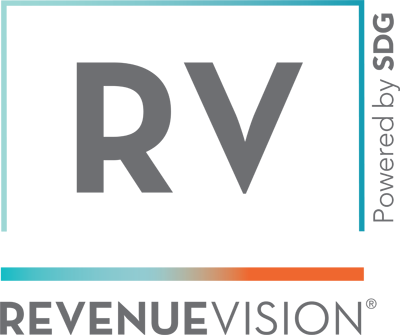The power of data is undeniable: it helps you provide insight into your auxiliary services, track financial spending and gains, and helps you make better business decisions (among a host of other benefits).
Chances are, your department is pulling data across various spreadsheets and other disconnected locations. So the question is: how do you take this important raw data and turn it into meaningful insights? The answer is found through automation.
One Centralized Location
Imagine a world where you can view data from your disparate systems across all auxiliary service departments in one central location. These include, but are not limited to: the current ERP or financial system, the point of sales system, the time and attendance system, the student card system, parking and ticket management, plus more.
When you’re able to track and visualize your data, you can begin to identify trends to find opportunities to improve revenue and student satisfaction.
Insights from Data
So now that your data exists in one system, it is easier to glean meaningful information to make better, more proactive business decisions. For example, you could do quick comparisons to show where you stand against your previous years’ financials.
When you pull data from your auxiliary services and your existing data systems, you’re able to layer the information to take a look into what the data is telling you. With this layered data, you can use your dining point of sales and food management system to report on staff hours, productivity, and the overall performance (or underperformance) of that location.
In the same regard, data can be used to improve student satisfaction. For example, if a student who lives in Dorm A is ignoring Dining Hall A in favor of trekking across campus for Dining Hall C, you could more easily make adjustments to better serve your students.
The Power of Visuals
According to 3M, visuals such as graphs and heat maps are processed by readers up to 60,000 times faster than text. Being able to digest data through charts (in any shape or form) is also extremely helpful when presenting data to management or a board–keep in mind these people want to clearly see the results without having to sift through mountains of text.
By being able to track, visualize, and forecast this data, you can focus on the revenue lifecycle of your auxiliary services.
RevenueVision, a cloud based contract and operational management system designed specifically for the administration and management of higher education contracts and self-operated facilities, collects the data we mentioned above into one central system for ease of understanding.
For more information on how RevenueVision can help you centralize your auxiliary service data so you can turn raw points of information into meaningful insights and better business decisions, feel free to schedule a demo.


